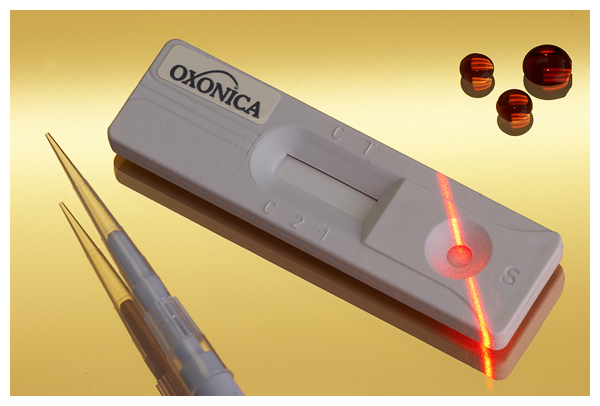 n question. Detonation nanodiamonds (NDs) are highly structured diamond-based materials that can form in sizes as small as 2nm. These NDs are very appealing for future drug delivery applications due to the ease of their production (literally through TNT detonations), stability, and their high ordered structure. Most importantly, this ordered structure appears to make these NDs less harmful to cells and less likely to cause inflammation.
n question. Detonation nanodiamonds (NDs) are highly structured diamond-based materials that can form in sizes as small as 2nm. These NDs are very appealing for future drug delivery applications due to the ease of their production (literally through TNT detonations), stability, and their high ordered structure. Most importantly, this ordered structure appears to make these NDs less harmful to cells and less likely to cause inflammation.A study from Dean Ho's lab at Northwestern recently used these ND structures to deliver chemotherapeutic drugs to murine macrophage cells and human colon cancer cells. The group was able to cluster ND particles into 50-100nm clusters which bound to the cancer drug, DOX, upon the addition of salt. This binding is typically stable until salt concentration lowers, at which point the drug can be released. Moreover, the high surface area on the 1000's of tiny NDs that compose the delivery structure allows a high amount of drug to be delivered by this mechanism.
When the group tested DOX-loaded NDs on murine and human cells, they found that they could control the release of DOX to occur at the target sites. Morover, the group found that there was no imflammation in cells caused by presence of the ND's, and upon drug release the clusters breakdown into tiny ND components that appear to be harmless to the body. The stability of these NDs also allows for significant functionalization, which is essentially chemistry performed on the surface of the molecules, and can be used to facilitate targeting to the right areas of the body. While work on these NDs for drug delivery is still in its early stages, NDs hold promise in drug delivery because of their stability, safety, and ease of functionalization.
(FIGURE from CNN.com)









